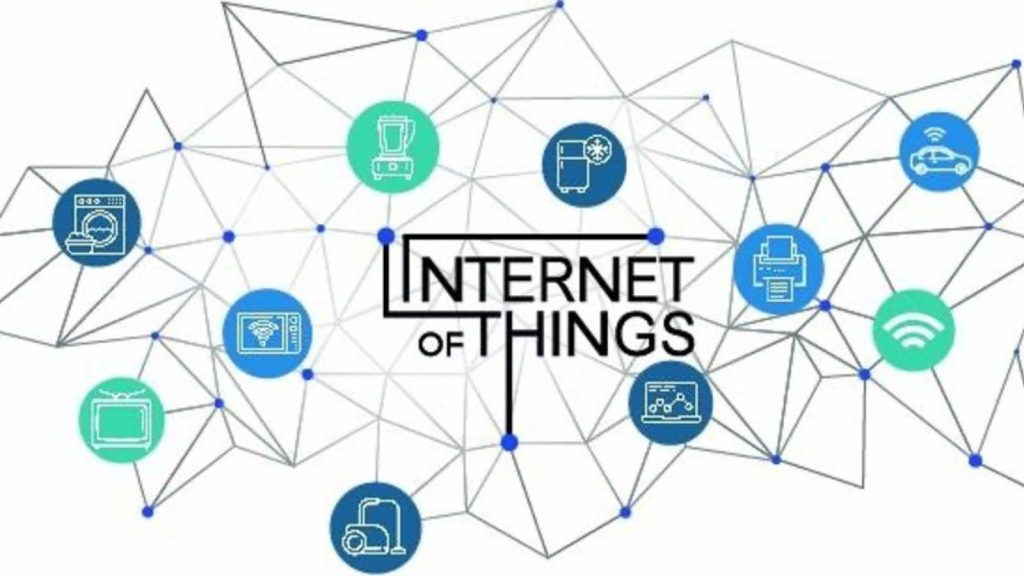The term Internet of Things or IoT was coined by Kevin Ashton, a Proctor & Gamble representative, in 1999. But just what is IoT?
What is IoT?
IoT refers to all physical objects, ranging from smartphones, washing machines, and cars to countless other devices that are enabled with sensors to allow them to send data and receive data through the internet. This exchange of data is usually carried out without any human intervention, making it a vital part of automation and intelligent technologies.
As Cisco Systems claims, IoT began around 2008-09. In such a short period, the number of people related to the quantity of connected devices multiplied dramatically—from 0.08 in 2003 to 1.84 in 2010.

Internet of Things Ecosystem: Architecture and Components
An IoT ecosystem or architecture typically has the following three fundamental levels:
Level 1: Intelligent Devices
This encompasses a range of tools and sensors for the collection and transmission of data. Examples include smart appliances, wearables, and industrial equipment.
Tier 2: IoT Gateway or Edge Device
This layer acts as a bridge that connects devices to the cloud infrastructure. It is possible through this device to collect information from the devices and either on-site process it or send it to the cloud for further examination.
Tier 3: Cloud or Local Systems
The data either is stored and processed within a cloud or local infrastructure or is further processed by making utilization of advanced technologies such as Artificial Intelligence (AI) and Machine Learning (ML) to yield insights or automatically trigger actions.
AI and ML in IoT
IoT can take advantage of AI and ML, upgrading data gathering and analysis and the decision-making process. An IoT system becomes much more dynamic, learns about the data, and responds to changes in real time by integrating these technologies.
How IoT Helps Individuals and Organizations:
Thanks to its automation and real-time insights, This makes for a smarter living and working ability. Let’s see how:
For People (Smart Houses):
IoT devices are strongly related to home automation, because their usability allows managing the appliances in a building, for example, lighting, heating and cooling systems, and security cameras, from a mobile device. Examples of consumer IoT applications include Amazon Echo, Google Home, and Apple’s HomePod.
For Businesses (Healthcare Industry):
In healthcare, IoT has many applications, ranging from remote health monitoring to emergency notification systems. Examples of devices that fall within these categories include pacemakers and fitness trackers like Fitbit. Such devices are indispensable in monitoring chronic conditions and preventing emergencies by providing real-time health data to patients and doctors.
Applications of IoT:
Besides homes and health care, the IoT extends into various sectors, and applications include:
Eldercare:
Facilitates the oversight of the health and safety conditions of senior citizens.
Production:
Enhances efficiency and productivity by tracking performance and predicting when equipment will require maintenance.
Agriculture:
Helps monitor crop health, and soil conditions, and automated irrigation systems to optimize productivity.
Environmental Monitoring:
Tracks the environmental changes and weather conditions to take preventive actions.
Military Uses:
Real-time data for monitoring personnel, equipment, and operations is supplied.
Concerns and Limitations of IoT
Even though IoT has so many advantages, several disadvantages and issues arise.
- Privacy Issues: As more IoT devices multiply, the data exchange between the devices increases the likelihood of confidential information leaks by hackers. Connected device security continues to be a major challenge.
- Over-Reliance on Technology: Dependent on IoT, the world of technology, no system is foolproof and a big failure in the IoT infrastructure may result in problems with lives and businesses.
- Lack of Universal Standards: Currently, there is no standard in IoT. This absence of a standard makes it rather hard for devices of one company to communicate with another company without creating difficulty.
Conclusion
The Internet of Things is reshaping our lifestyles, professional environments, and engagement with technology. The range of potential applications for IoT, encompassing smart homes and telemedicine, is extensive and expanding. Nevertheless, it is essential to tackle issues related to privacy, standardization, and reliance on technology to ensure the sustained and secure advancement of IoT. As the IoT landscape continues to evolve, embracing innovations with such challenges in mind will be important to unlock the full potential of the technology.

Leave a Reply